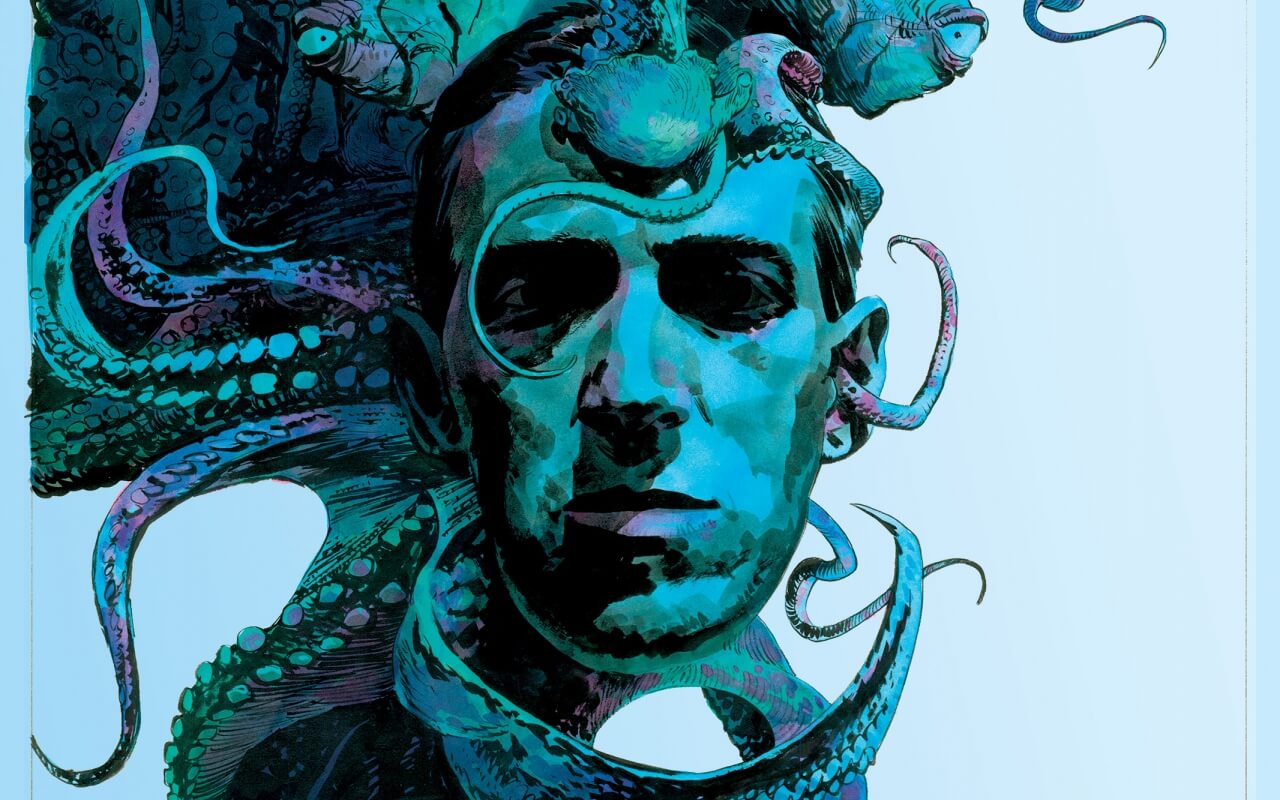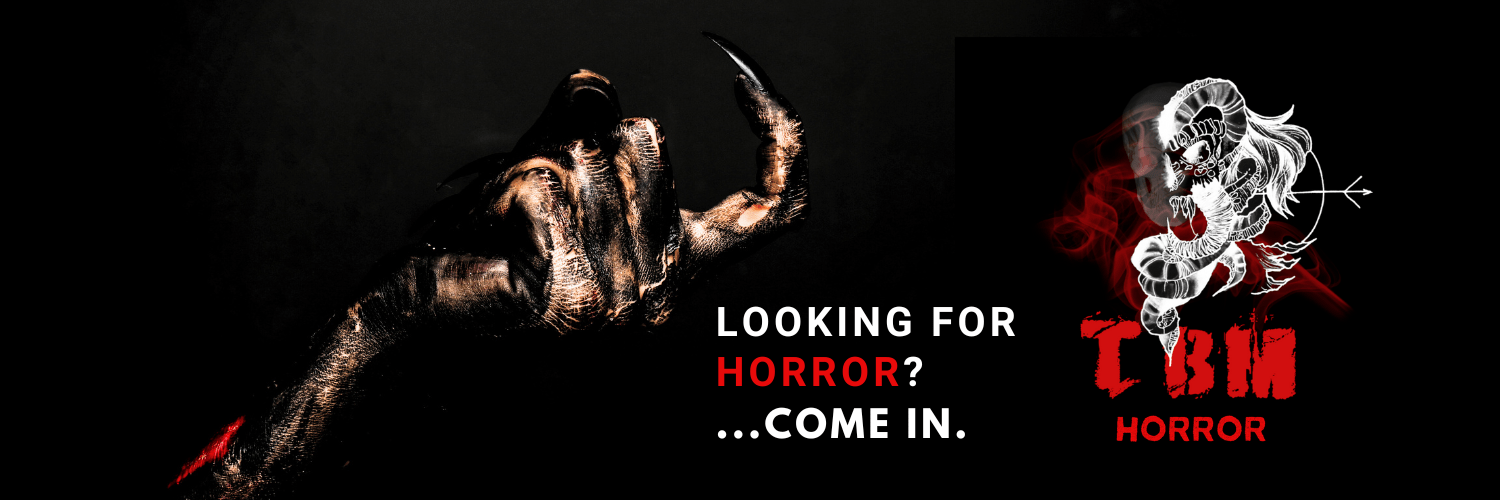
A lifelong study of the work of H.P. Lovecraft and the mentorship of August Derleth leads me to approach the very concept of cosmic horror and its meaning. Stories of black magic and merely human evil do not open the gates of cosmic horror. As Derleth told me, the fiction of Lovecraft went beyond mere black magic, and stories such as “The Case of Charles Dexter Ward” which, by the way was assisted posthumously by Derleth, show the opening of the gates to a dark dimension that may well be an example of beyond good and evil, as discussed by Nietzsche. Thus, cosmic horror creates in the reader a sense of awe as well as an underlying level of terror. We all have moments when we sense that existence is more wondrous and horrible than we can imagine. Our personal fates are as nothing in the face of a universe that is beyond our conception. Lovecraft created such a mood, and we can but do likewise.
“Nyarlathotep…the crawling chaos…” Such begins one of H.P. Lovecraft’s lesser known fragments recovered by August Derleth and Donald Wandrei in 1943 and whose mood is evocative of a horror beyond human understanding. Originally written before Lovecraft’s death in 1937, this fragment portrays a dark figure: “He said he had risen up out of the blackness of twenty-seven centuries, and that he had heard messages from places not on this planet. Into the lands of civilization came Nyarlathotep.” Additionally, he wrote, “My friend had told me of him, and of the impelling fascination and allurement of his revelations, and I burned with eagerness…” At the time of this writing there emerged in Germany an inexplicable figure who fascinating and drew to him a blind obedience—and he was schooled in the occult arts. Did Lovecraft subconsciously perceive what was moving on the inner planes at the time? If you can imagine this, you are on the brink of knowing cosmic horror.
Truth be known, supernatural horror has been the stuff of literature for centuries, long before the frenzy of social engineering known to today’s English departments. One of the best scholarly essays was written by H.P. Lovecraft and his “Supernatural Horror in Literature,” tracing how supernatural horror was the mainspring of plays, stories, and novels into the 19th Century, when the work of Edgar Allan Poe coagulated the tradition into the form of short stories. Elsewhere on the Sun Cross website I have published my fragment titled “The Domain of Supernatural Horror and Its Secret Agenda,” which cannot even stand in the shadow of Lovecraft’s superb essay but which seeks to discover the reason why humans are drawn to supernatural horror, and the more educated they are, the more likely are they to ponder the dimensions beyond the physical. Of course, we must except the over-educated intellectuals, whose mental prisons are self-constructed.
Then we have the conflict of plot, character, and mood. August Derleth was a master of plot, and he guided me in the engineering of an exciting plot. Yet, while plot may be good for a 60-minute TV drama (or 30-minute “Twilight Zone” episode), many stories are good plots in search of a character. Young writers often search for bizarre plot twists to hold the reader, but the novel must be built around character. It is sometimes argued that Lovecraft’s characters lacked dimension, but his longer works belie that criticism. Lovecraft himself said that he sought to create mood, and such is the mother lode of the cosmic horror tale or the supernatural story. Mood cannot be taught but is the outgrowth of the writer’s imagination exploding into his or her creations. It is not arcane language, but an almost-indefinable, mysterious ambience that cannot be described. Lovecraft had that quality in his best writing, and we who follow that example can but seek the same as found in Poe, M.R. James, Arthur Machen, Robert W. Chambers, and many others.
Many writers and critics have dissected the Cthulhu mythos and, indeed, in the pulp era, H.P. Lovecraft’s contemporaries fleshed out the myth beyond what the original author described. Then, succeeding generations of college students and movie makers created a cult figure of the mythos. “The Call of Cthulhu” finds the dead old one dreaming in his undersea kingdom, but Lovecraft imagined Azathoth, that bubbling idiot god at the center of the universe, and the cosmogony became more complex. Even Frank Thayer pays homage to that mythos in oblique terms, using the barbarous names of evocation as voiced by hideous things in the cosmic darkness…Iä, Iä, Shub niggurath.
The writings of Puritan Cotton Mather were never far from my stories, and certainly H.P. Lovecraft knew Mather’s Wonders and Magnalia as well as anyone. The witch cult of Massachusetts and the lore of New England provided haunted settings for Lovecraft’s tales, while I was immersed in the culture of the New Mexico Southwest as well as the province of Ontario. Cosmic fear? My story “In the Shadow of Geronimo’s Mountain,” an invisible force evokes the legend of the skinwalker and its power to steal the souls of men and to leave them as an empty shell.
Cobston Trilogy presents a festering horror that spans the better part of a century, from 1918 to 2000, and what seemed to begin with revenants created from a plague in the community, grew under the earth for more than 50 years. Finally, an indescribable horror reaches its tendrils into the modern Cobston community until discovered by the descendant of the newspaper publisher who first uncovered the beginnings of something that could only be destroyed by a cleansing fire.
Bram Stoker capitalized on and romanticized the vampire legends of Eastern Europe, but the facts surrounding these supernatural pests was indeed more grisly and better proven than Stoker revealed in his most successful novel. My novel The Vampire of San Vicente seeks to shed the romance and present the case for the reality of the vampire. It is argued that the vampire could not emerge from a grave and return to it each day, but there is a convincing case for how the vampire saps the life force from victims and still remain buried. You will find the case compelling. All but the most materialistic of people accept the power of ritual to affect consciousness, and perhaps more. “The Grand Order of Marbas” reveals the way ceremonial magic can effectively transform a human being into a ravening beast. In this story, the accounts of hundreds of murders in Juárez, Mexico in the late 1980s is suggested as a connection to a werewolf cult. Strangely, after the fictional victory over this cult in El Paso, Texas, seemed to coincide with a decline in murders of women in that Mexican city. There may indeed be relationship between life and art.
Read more on:
Sun Cross Publications was established to provide an outlet for books that advance the literature of classic supernatural horror in the tradition of Edgar Allan Poe, Sheridan Le Fanu, M.R. James, Arthur Machen, H.P. Lovecraft, and other greats, with an emphasis on settings not often treated in the fiction of the macabre and offered as a contribution to a great tradition, which though narrow, is a memorable part of all human storytelling.
Follow them on Instagram!

Mar Garcia
Founder of TBM - Horror Experts
Horror Promoter.
mar@tbmmarketing.link






